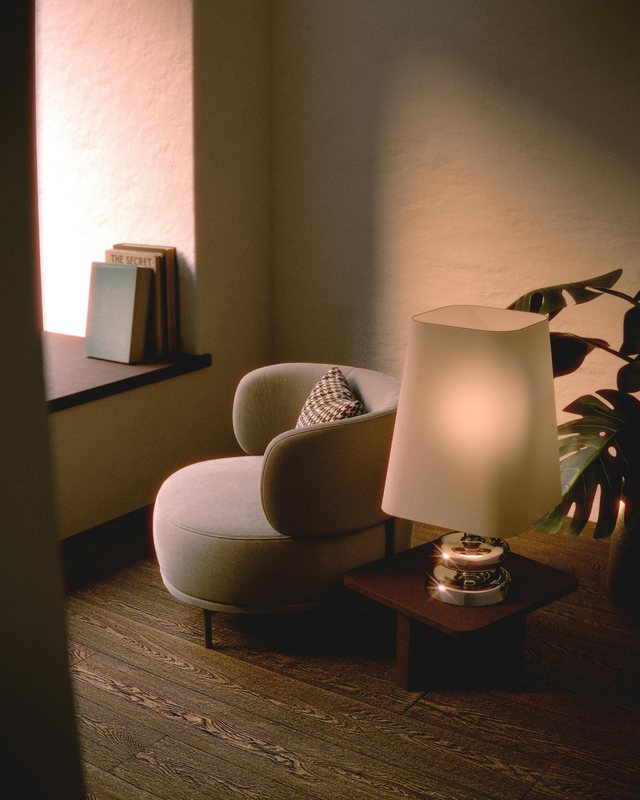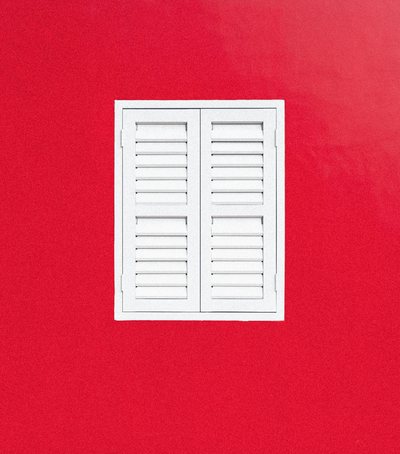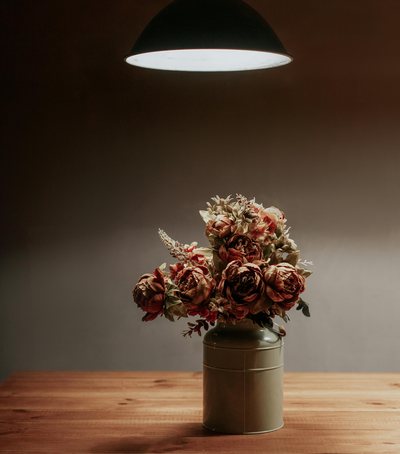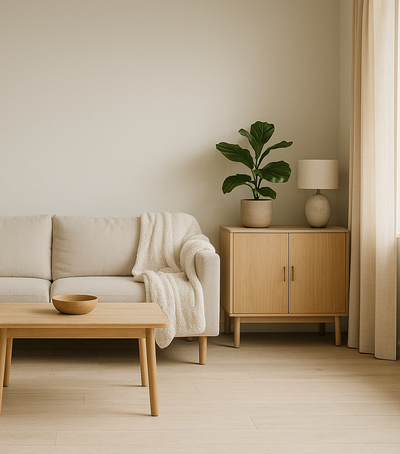
Interior design that brings nature closer has become a lifestyle philosophy: the search for light, view and organic materiality translates into peace of mind, balanced circadian rhythms and a deeper connection with the environment. Large windows and abundant streams of natural light are, of course, key elements of this approach. However, “more glass” is not always synonymous with “more well-being”. Excessive glass surfaces can lead to thermal loss in winter, overheating and uncontrolled glare in summer, as well as high energy costs for heating and cooling. Therefore, the key is balance: an architecture that takes the best from nature, but manages it wisely.
The orientation of the spaces and the size of the windows are the starting point. South-facing facades benefit from the winter sun, but require dynamic shading (external panels, technical curtains, brisoleil) in the hot seasons. North-facing windows provide soft, diffused and constant light, ideal for studios, offices and reading areas. Glass with improved properties (low-e, triple glazing, UV filters) reduces losses and regulates heat transfer, while frames with thermal breaks minimize “cold bridges”. In the interior, the use of light curtains, rotating panels or “light shelves” (reflective shelves) distributes light in depth without dazzling the eye.
Beyond light, biophilic design is not limited to glass. Living plants (selected according to environmental conditions), green walls, water features, natural textures (raw wood, stone, terracotta), earthy colors, and herbal scents create a sensorial “micro-ecosystem” that brings nature indoors without the need for major structural interventions. Natural ventilation—the intersection of airflow through well-positioned windows—also impacts both air quality and the feel of the living space.
Another aspect of balance is visual and acoustic comfort. Natural light should be accompanied by artificial lamps that respect the circadian rhythm (variable color temperature from morning to evening), to avoid strong contrasts in the evening. Meanwhile, sound-absorbing materials (natural textiles, carpets, perforated wood panels) balance the acoustics, preventing the “echo” that glass often creates. Thus, the connection with nature does not come at the expense of inner peace.
Our attitude towards space is also important: flexible furniture that allows for seasonal rearrangements, placing reading nooks near the window, but also creating "sheltered" areas with less direct light for moments of rest. A home or studio that respects the rhythms of nature is one that offers you the opportunity to look at the sky, but also to retreat to a warm corner when the sun becomes aggressive.
Ultimately, interior design that brings nature closer is a constant dialogue between light, material, climate and human needs. Large windows are the gateway, but not the only way to bring the outside in. With smart technology, careful material choices and thoughtful planning, we can create spaces where nature is respected and utilized, without falling into the trap of energetic or visual excess. Balance, not ecstasy, is what makes this philosophy sustainable and truly livable.
Photo Credits (Yusuf P):
https://www.pexels.com/photo/cozy-minimalist-interior-with-soft-lighting-33096005/





